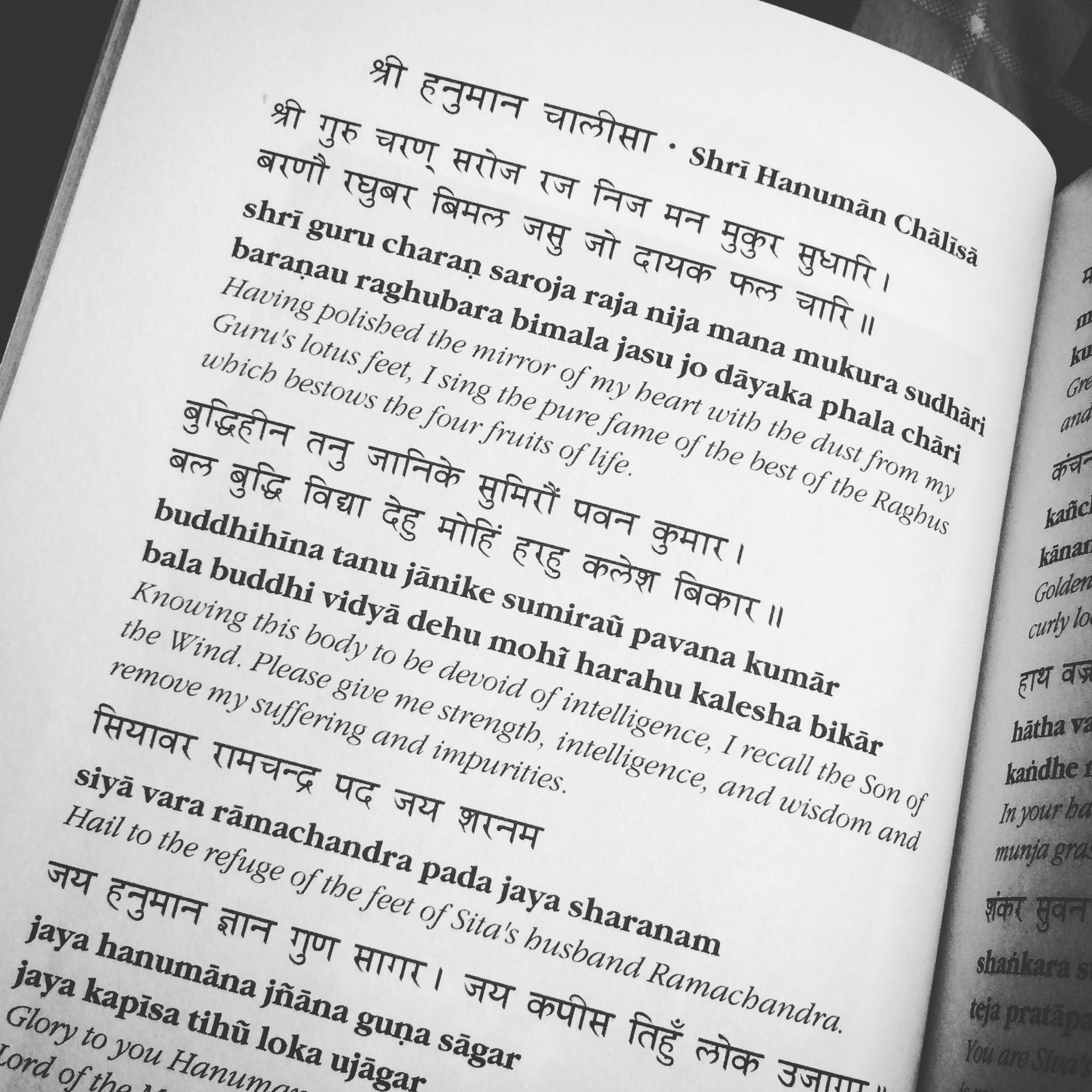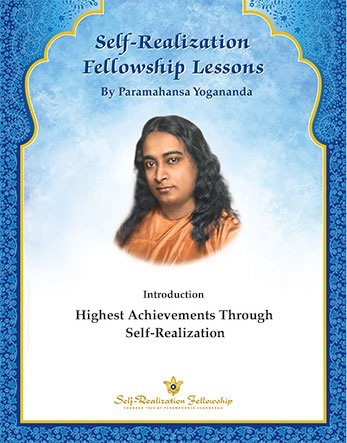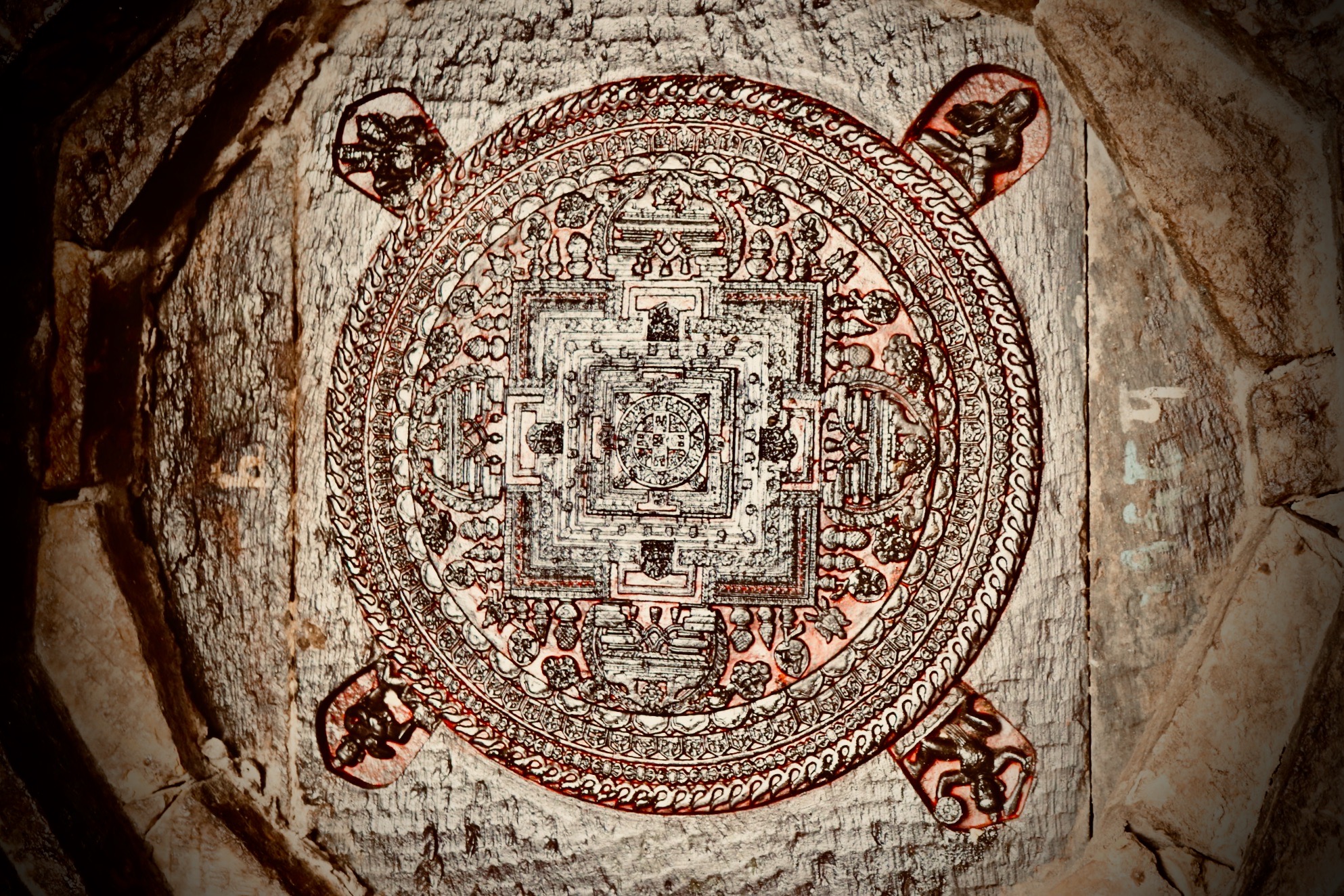We picked up a Swarmandal/Tanpura from Old Delhi Music, and it’s perfect for chanting japa (using a beaded mala to keep track of repetitions).
It’s a little hard to tell from the video, but the vibrations are just marvelous. This practice really seems to promote a state of profound relaxation, calm and peace – similar to what we experience at a gong bath.
Obviously, after only four days with this instrument, I still have a lot to learn. Very much looking forward to further explorations with it.
 “A Very Powerful Prayer”
“A Very Powerful Prayer”


